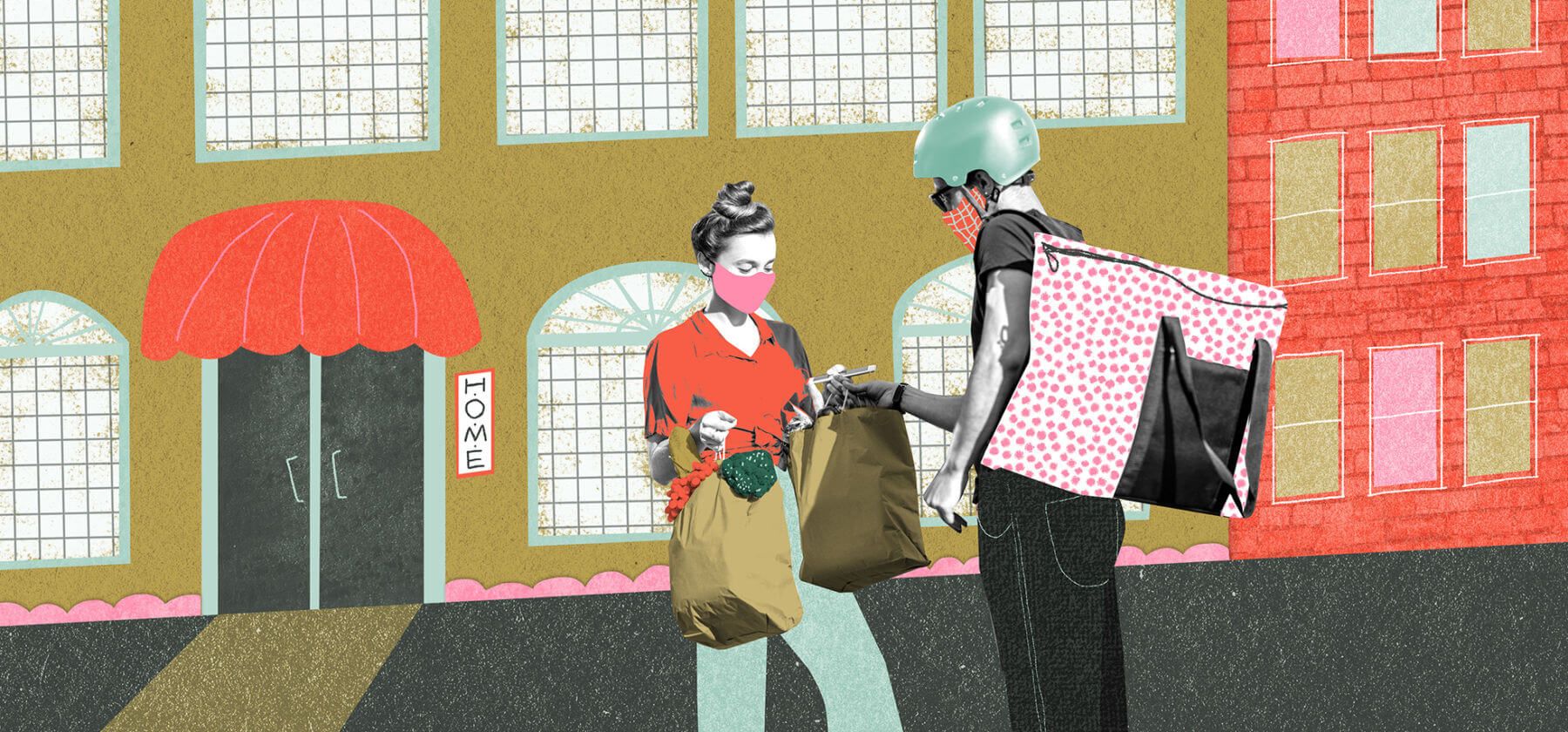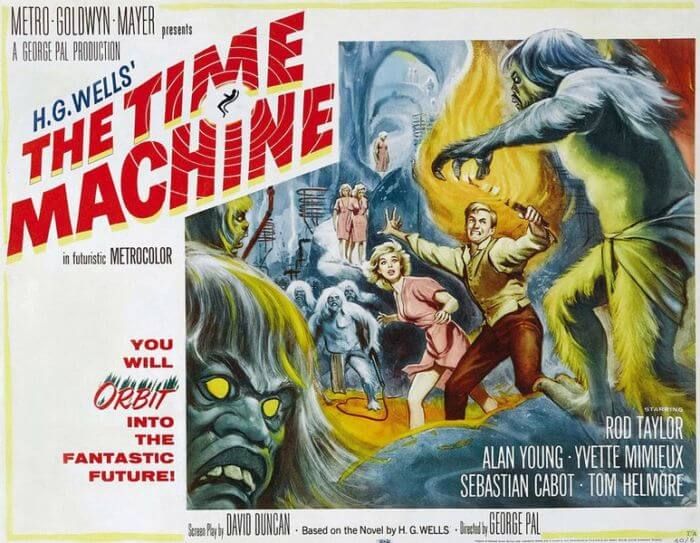
H.O.M.E: Market – when this little piggy stayed home
Part three of our four-part podcast series exploring our "new normal" - with life lived entirely in the home.
“Home where the heart is,” as the saying goes. And for now, it’s where you’ll find the office and school and the shops and concerts, too. H.O.M.E. is a special four-part series on Inside Intercom that explores how people across many industries and countries are managing to persevere with the help of technology.
When it’s all said and done, we’ll have covered the following themes:
- Health and wellness – how are people staying healthy in mind and body?
- Off the clock – how are folks socializing and what tools are helping them?
- Market – how are businesses coping with the move online?
- Entertainment – what does the current situation mean for a sector that relies so much on “experiences?”
Last week, we took a look at how folks are unwinding after a hard day’s work at the (home) office. This week, our third episode checks in with businesses large and small to see how they’re staying afloat in the choppy waters of eCommerce.
In Chicago and elsewhere, floundering bars are lobbying for permission to deliver pre-mixed cocktails. In New York City, award-winning independent restaurants are struggling to find a path forward, others are scrambling to offer takeout options to hungry customers. And it seems like every upstart fashion brand in existence has pivoted to making face masks.
To dive deeper into the rapid, sweeping changes to the way we sell, we spoke to five businesspeople – from the worlds of both tech and brick-and-mortar – who are thinking creatively about how retail can survive the “new normal.” This episode features conversations with:
- Loren Padelford, General Manager of Shopify Plus, on how are individual stores coping with their move online.
- Rosie Gogan-Keogh, Managing Director of Hen’s Teeth, a Dublin-based studio and diner, on their switch to online selling.
- Steli Efti, CEO of Close.com and SaaS sales guru, on selling in a pandemic.
- Kyum Kim, Co-founder and Head of US Operations for Blind, on what impact we’ll see in the jobs market.
- Tyler Davis, CEO of LaunchNotes.com, on launching a new product during lockdown. They also have a special offer for our listeners which gives access to the private beta and a free month free service.
If you enjoy the conversation, check out more episodes of our podcast. You can subscribe on iTunes, stream on Spotify, or grab the RSS feed in your player of choice. We’ve also put together a companion guide to the episode, which you can read below.
Open the digital door
With a million customers in 75 countries, Shopify has become the platform of choice for those looking to make the leap to selling online. The company has about 6,000 employees around the world, about half of whom are remote workers.
That means they’ve got a unique vantage point from both sides: they’re a large company trying to move thousands of employees to fully remote work and, thanks to their status as a platform, they’re on the receiving end of deep insights as to where the future of independent retail is headed.
“COVID-19 gave us a time machine that brought 2030 to 2020”
“COVID-19 gave us a time machine that brought 2030 to 2020,” explains Loren Padelford, General Manager of Shopify Plus. “If you are not online, getting online has become an imperative. If you are already online, ensuring that that channel is super strong and robust enough to deal with increased demand is important.”
It’s perhaps fitting that in the 1960 film adaptation of H.G. Wells’ The Time Machine, an ordinary shop window is cleverly used to display the passage of time. The fashions displayed on the mannequin change in familiar ways as time passes from the early 20th century to what was then modern time. How we shop and trade is culturally and socially relevant – especially in a time of change.

If you’re an independent, local business, your community wants to support you. They just might not know how. “If they can’t walk through the door, you need to open a digital door,” Loren says. “If you don’t give them the option to buy from you, they will find another option. And if we go back to some kind of normalcy in the future, those customers won’t come back; they’ll continue to buy from who was there for them now.”
Luckily, Shopify makes opening that door easy. While many Main Street businesses may feel overwhelmed by the prospect, it’s possible to set up an eCommerce storefront in less than a day – something Loren says is especially important for restaurants, breweries, and brick-and-mortar shops who weren’t traditionally online pre-COVID. “I really believe that that ‘shop local’ is here to stay,” Loren says. “We all want to spend the money on our local economy, but it’s challenging when a lot of the stores don’t exist.”
When a pandemic takes the wind out of your sales
One such company firmly rooted in the physical world is Hen’s Teeth, a brand that creates contemporary cultural experiences and moments in food, art, and music. As a gallery and store, Hen’s Teeth features work by artists from around the world, whether it’s a collection of neons, limited-edition ceramics, a series of photographic prints, or even its own fashion line. “There’s just been such a surge in people wanting to support local, independent businesses,” says Rosie Gogan-Keogh, Hen’s Teeth’s Managing Director.
But the struggle has been real. Only a few months ago, Rosie and co. opened a diner-by-day, wine-bar-by-night that has temporarily shut down following guidance from the Irish government. They also had plans to debut their spring-summer collection – an event that usually would have been heralded by a fête for friends and fans. “Ordinarily, we would have launched it with a big party in our space and had lots of people join us for a drink and buy some merch,” Rosie says. “Obviously, that couldn’t happen.”
So they turned their attention to digital media, instead. With designer Mel Keane hunkered down in Lisbon and Head of Production Noel Feeney sequestered with his parents in the west of Ireland, they worked collaboratively to juxtapose images of coastal Irish nature with the new T-shirt collection. They called it “Fun in the Sun” and introduced it to the digital world. “It was kind of a tongue-in-cheek reminder that, yes, we’re all missing those kinds of summer days and being with friends and family,” Rosie says. “But it’s also doing it in a way that brings a bit of positivity and enjoy to people.”
Selling from home vs. working from home
For years, Steli Efti has been evangelizing remote work as the standard operating procedure at Close.com, an inside sales CRM that helps startups and SMBs generate high-quality leads and close more deals. The team is fully distributed – with 45 people in 14 different countries – so for them, the biggest change has been emotional rather than operational. In the early days of COVID-19, anxiety increased and logistics became complicated.
“Sales teams are probably at the later part of the curve of adopting a distributed work environment because they’re a more social animal”
But thanks to their remote experience and a rapid, direct response, Steli and his team were able to steer their ship into smoother waters after “a couple of very stressful weeks”. Now, they’re sharing what they know with others. “We’ve been championing the idea of remote work for many years now, but sales teams – more so than any other group within most companies – are probably at the later part of the curve of adopting a distributed work environment because they’re even more social animals than maybe other functions within the company,” Steli explains. “Now, all of a sudden, they were forced into it, so they had to adapt and figure out how to do this well, and we try to help as much as we could.”
To that end, Steli offers the following pro-tips for sales managers doing the best they can from home:
- Working from home ≠ working remotely, and working remotely doesn’t = anything. Realize that this might not be your team’s most productive time, and make peace with that by finding ways to increase the amount of slack you have in your system.
- Most teams feed off the energy of the sales floor, and a lot of managers are feeling lost on how to replicate that remotely. The answer? Over-communicate. Try to do a couple of short check-ins at the beginning and end of the day – and always opt for video chat when possible. “This is not a beauty contest,” Steli says. “It’s about seeing each other and increasing social connectivity.”
- Finally, be vulnerable. Lead by example and admit that you had a tough day and perhaps didn’t achieve everything you set out to. “Sharing openly will inspire others to feel comfortable when they’re encountering difficulties without making excuses.”
For all of its pros and cons, remote – or at least distributed – work is here to stay. It’s up to businesses like yours to figure out not just how to work in a setting called “the office” but in nontraditional environments, too. Resilience is what will win the day.
Each of the leaders we spoke to for this episode agreed: There is no going “back to normal.” Like it or not, the COVID-19 pandemic is fueling the adoption of technology faster and farther throughout the world. And counter to conventional wisdom, it’s not the strongest who survive crises such as this. It’s those who adapt.
Recommended Reading
- How Shopify Partners Are Responding to COVID-19 (Shopify)
- My Restaurant Was My Life for 20 Years. Does the World Need It Anymore? (The New York Times)
- The Essential Business Survival Guide for the COVID-19 Crisis (Inc.)
- Hen’s Teeth Launch Their New ‘Fun in the Sun’ Collection (District Magazine)
Original artwork for this series was created by Natalie Nelson. Natalie is an illustrator, picture book maker, and collage artist. You can find out more about her work here.







